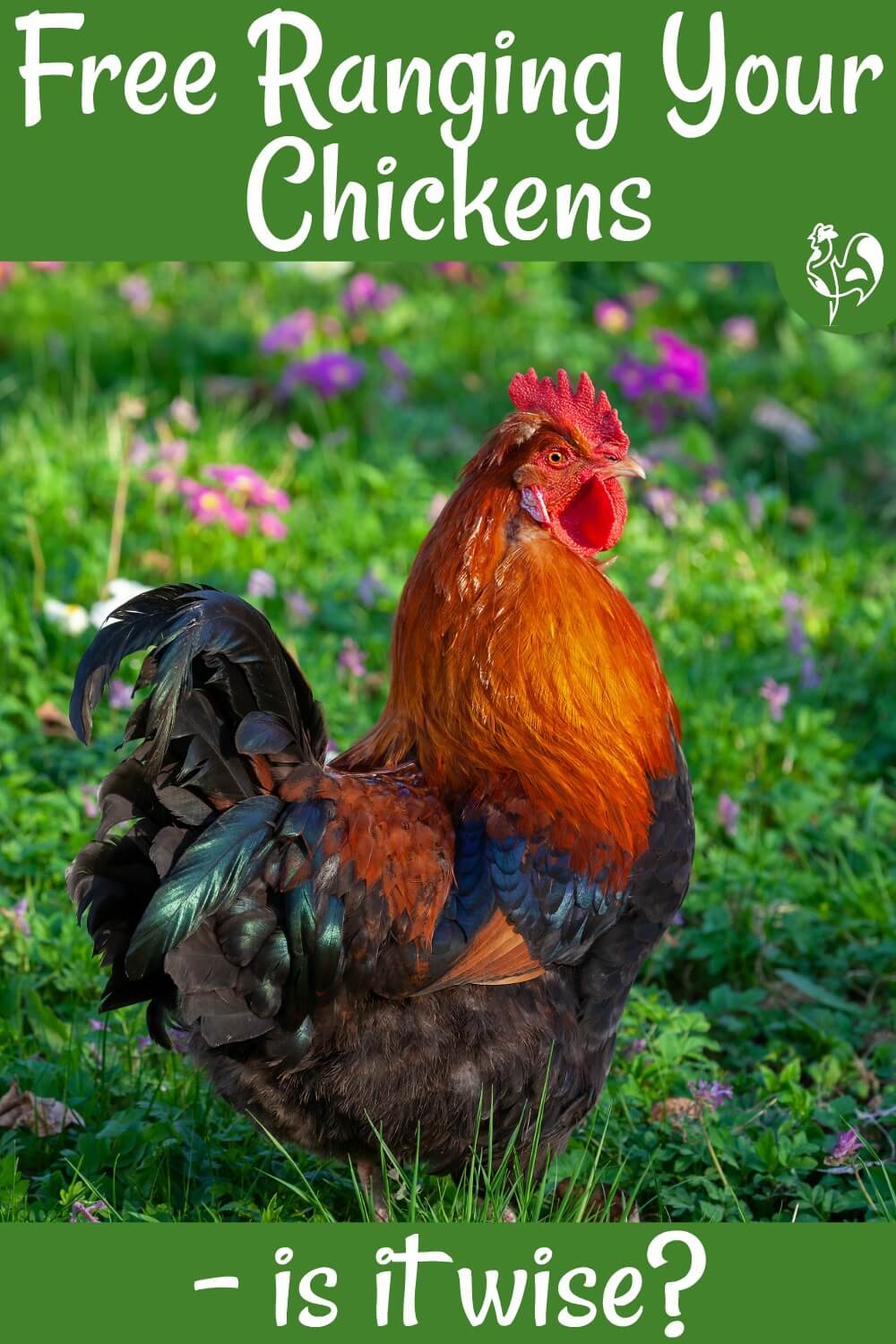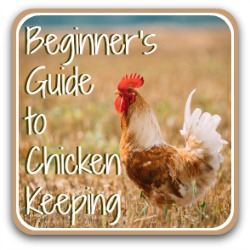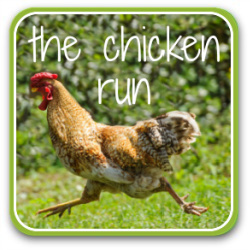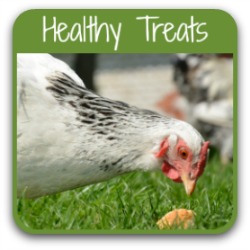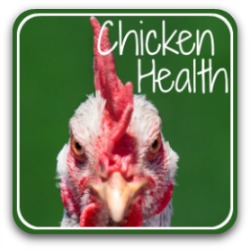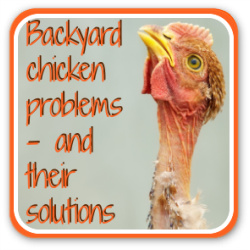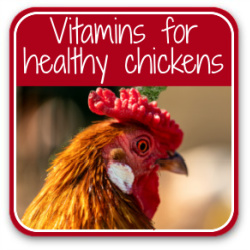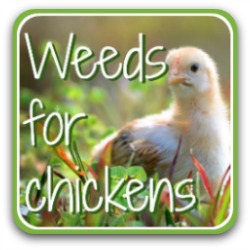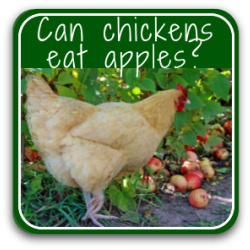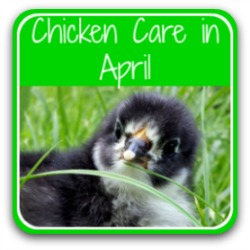- Home
- Beginner's Guide
- Free ranging
How to free range your chickens: pros, cons and which setting works best?
We all dream of having our chickens roaming freely across sunny grasslands. But is that even a possibility?
And what does research tell us about what works best?
If you like to raise your chickens as naturally as possible, free ranging might seem to be the "holy grail".
It is, after all, what chickens originally did in the wild.
There are cons to free range farming, of course – predators being the major issue – but do the benefits outweigh them?
You may be surprised to know that there has been some specific research about the benefits of free ranging for chickens, their eggs and the environment.
Importantly, the studies also cover which kind of setting does best as a free range backdrop.
And you'll be pleased to know it's one you can create in your own garden or back yard.
Let's start at the beginning.
What does free range mean?
There's a specific definition of free range for commercial chicken farming.
- So as backyard chicken-keepers, we can make sure that our hens have as natural an experience of "free range" as it's possible to get.
Want to go straight to the section about which setting works best and how to create an enriched environment for your flock?
Is it always possible to free range?
Not in the sense of allowing your chickens to roam without any boundaries at all.
We have an obligation to the welfare of our flock, which means that many of us need to protect them from predators, for example. And that may involve taking the decision to fence them in.
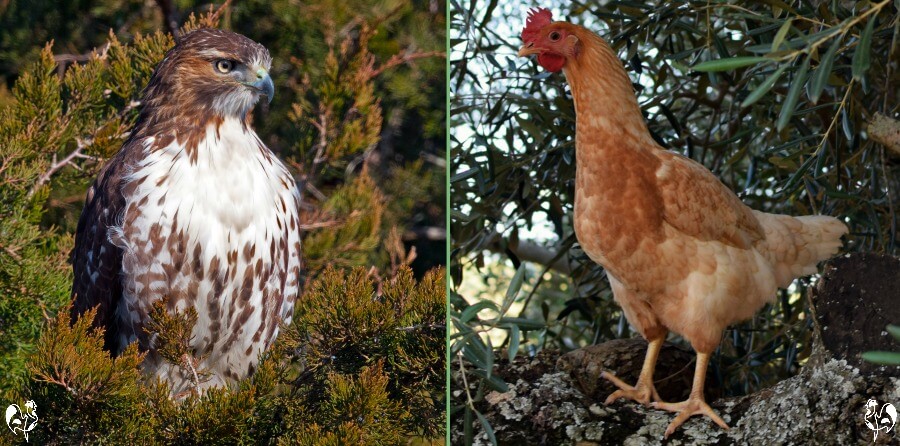 Free range chickens like to roost in trees - where hawks and owls may be lying in wait.
Free range chickens like to roost in trees - where hawks and owls may be lying in wait.There is no way to ensure 100% protection in a completely free-ranged flock. "Supervised free range", where you remain outside with your flock, can partly meet the need - but if a fox decides to attack, you're unlikely to be able to prevent him.
Still, it's always possible to allow them to have outside access, within the boundaries which each of us must decide given our own personal situation. That could be a large fenced pasture like mine, which is around two acres in size, or a smaller backyard.
Taking a decision means you first need to know about the benefits and costs. It's then possible to make sure we provide the best we can in our circumstances.
There is no right or wrong way here. It's whatever works best for you and your chickens. Having the information below means you can make an informed decision.
The benefits of free ranging for chickens.
Benefits for general well-being.
- One of the accepted five basic freedoms for chickens is "the freedom to express normal behaviour", which includes foraging, dust-bathing, stretching and wing flapping(1). Free ranging allows for all of those needs to be met.
- Denying those basic needs has been proven to lead to both poor physical health and abnormal behaviours such as aggression, feather-pecking, egg eating and, occasionally, cannibalism.
- So allowing your flock as much space as you can, to free range for as long as possible each day, is good for their general health and well-being.
Benefits for free range chickens: nutrition and health.
- Foraging for food is an important part of keeping chickens occupied and fit. No-one likes to see a fat chicken! And lack of exercise is thought to contribute to Sudden Chicken Death Syndrome.
- It's also an important source of nutrients for chickens. As well as reducing your feed bill, it provides them with proteins and vitamins that they wouldn't get if fed solely on grain.
- Left to free range, they'll eat a whole variety of plants, fruit, veggies (watch out for your beautiful garden and veg plots!) weeds and, especially, bugs.
- Many people mistakenly think chickens are vegetarian. Nope! If you've ever watched your flock foraging, you'll have seen that they go wild for a wide range of insects: beetles, spiders, caterpillars and - mine love these - earthworms. Yum!
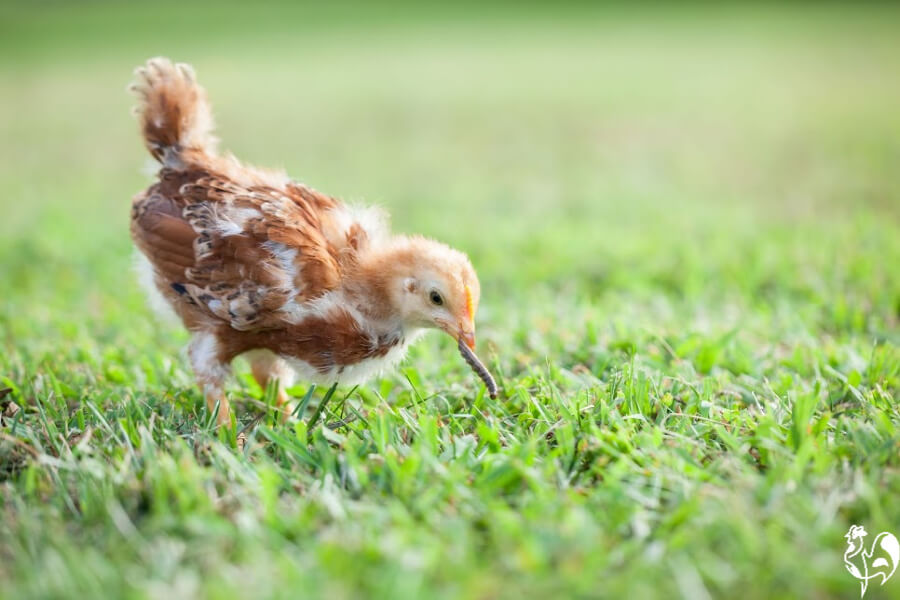 Even young chicks will go for bugs if they can. Here, a six week old chick enjoys a caterpillar.
Even young chicks will go for bugs if they can. Here, a six week old chick enjoys a caterpillar.- Be aware: foraging provides a supplement. You should still provide the usual chicken feed. You'll find, though, that your free-ranging flock eats less of it, having filled up on bugs and greenery.
What nutrients do commonly available flowers add to the diet? Watch this video...
We know from various scientific studies (e.g. 2, 3) that chickens raised on pasture, able to forage for a variety of plants and "meat" (in the shape of insects, frogs and the occasional mouse), supplemented by fruits and veg, are provided with...
- a higher percentage of vitamin E - boosts the immune system and increases egg shell density
- a higher percentage of protein - helps general growth and feathering
- a higher level of carotenoids - anti-oxidants which provide high protection against disease
- a higher percentage of omega 3 fats - essential for general health; helps healthy egg production
- a lower percentage of omega 6 fats - lowers the risk of inflammatory diseases
- a better percentage ratio of protein to fat - free range chickens are lean, not overweight!
Importantly, as well as improving your flock's immune system and overall health, these benefits are directly transferred to their eggs (and meat).
So free ranging your chickens has advantages for them, and for you and your family.
Free range chicken eggs: benefits.
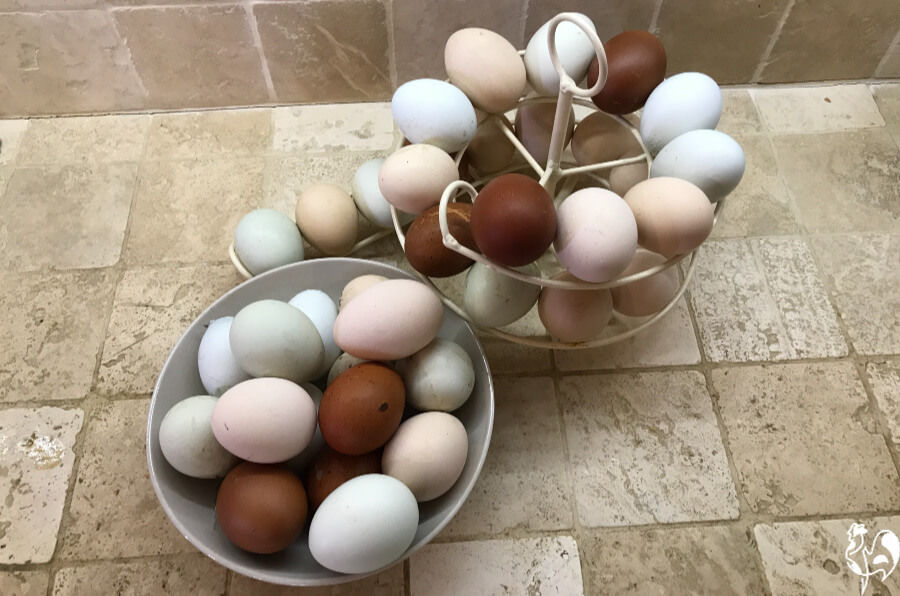 Some of my chickens' colourful free range eggs, on my egg skelter.
Some of my chickens' colourful free range eggs, on my egg skelter.The world of commercial egg production, which relies on small costs and large profits, would have you believe that there's really no, or very little, difference in quality between eggs laid by free-ranged hens, and those produced by caged (also known as battery) hens.
Scientific research not funded by commercial egg producers tells a different story. As we've seen, hens raised on free-ranging pasture eat a more healthy, balanced diet to those fed on grain alone.
So as you might expect, study after study(e.g. 2, 3, 4) have found that eggs produced by free range hens have...
- 7 times more beta-carotene - an anti-oxidant which converts to vitamin A
- 3 - 6 times as much vitamin D as eggs from caged, or battery, hens
- 3 times more vitamin E
- ⅔ more vitamin A
- ¼ less saturated fats
- ⅓ less cholesterol
- twice as much omega-3 fats - the healthy, unsaturated fats helpful against heart disease
- deeper, more vibrant egg yolk colour
- stronger shells.
Does a free range egg look different?
Yes, noticeably.
The yolk stands higher and more dome-shaped above the white, takes up a larger proportion of the egg and is a much darker golden colour than a caged hen's egg.
There is a clear difference with the white, too, which is visibly thicker and more glutinous immediately near the yolk, and again larger than an egg from a caged hen.
 A free range egg: the dark golden yolk stands proud above the white.
A free range egg: the dark golden yolk stands proud above the white.The cons of free range farming.
- The main disadvantage of free ranging your chickens, of course, is predators. The wild ancestors of our chickens were preyed on by a variety of birds and mammals, and a study undertaken in Bresse, France, where free ranging is standard for large commercial flocks, showed that they still instinctively recognise the danger(6).
- You don't need a study to tell you that. Watch your flock at any time when there's a strange noise, or even a new item in their run. They are in a heightened state of alert almost all the time.
- Additionally, studies have shown that dirty eggs, lost eggs and foot lesions (such as Bumblefoot) were higher in free range flocks.
- And there's the question of damage to yours - or your neighbour's - flower beds, veggie patches and lawns. Chickens love to scratch. And they will take out whatever gets in their way!
None of this is insurmountable, though.
Enriched Free Range: what does it mean?
A study based in Italy in 2014(7) began a flurry of other studies about which free range pasture was the best for chickens. That first study looked in particular at the difference made by pasturing in tall grass, or in an olive grove and therefore under trees.
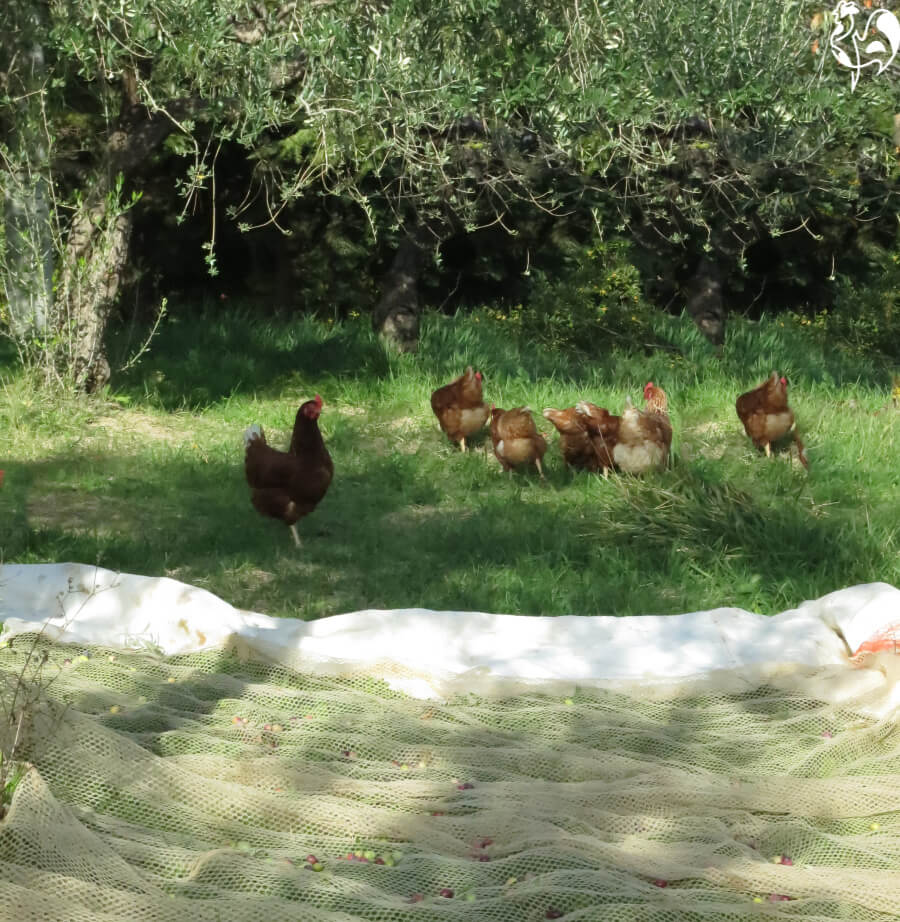 Some of my Red Stars free-ranging in our olive grove at harvest time.
Some of my Red Stars free-ranging in our olive grove at harvest time.This type of setting is called "enriched free range". A control group was kept on "un-enriched" or ordinary pasture consisting mainly of low grass.
The study was conclusive, and there has since been agreement between experts about this.
Since then, other similar studies have found that using mixtures of ryegrass, white and red clover, alfalfa, wheatgrass, saltbush, chamomile and catmint have similarly beneficial effects(5).
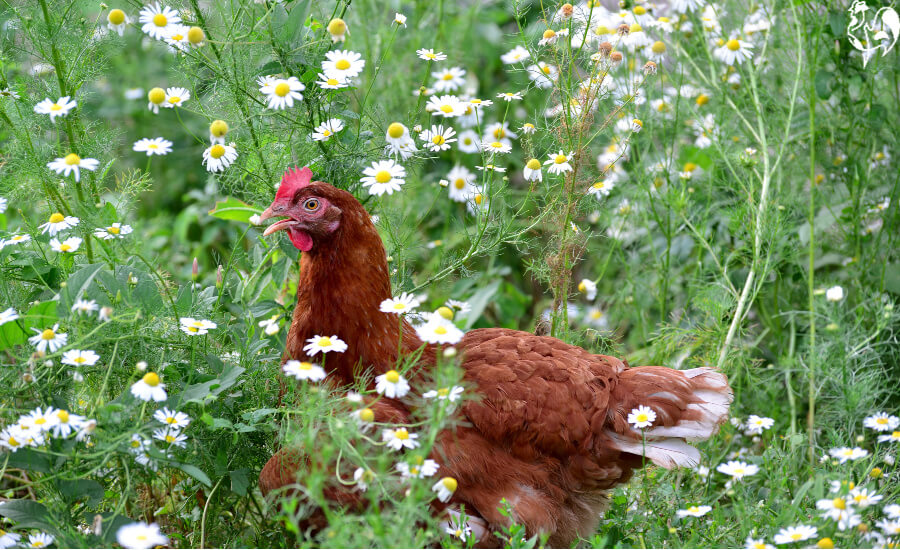 Chamomile grass is an excellent type of enriched free-range pasture.
Chamomile grass is an excellent type of enriched free-range pasture.The impact on both chicken welfare and egg nutrition has been clearly shown to be even greater than with un-enriched free ranging(2, 3, 5).
But not everybody is lucky enough to have an olive grove at their chickens' disposal. So how might these research findings be realistically adapted to the backyard chicken keeper?
How to make enriched free-ranging work for your flock.
1. Use trees wherever possible.
Olive trees have several major features which were shown to be important: they're low-growing, they're evergreen, they spread out and they're usually planted fairly close together in rows.
That meant raptors weren't able to get a clear run into the pasture, hence the low mortality. The trees also provided shade and protection from heat stroke in the summer, and extreme cold in the winter. So...
- Look for trees to plant in your run which grow well in your area and have as many of those features as possible. As well as olives, I use low-growing fruit trees. As a bonus, in the autumn the flock has its own supply of fruit!
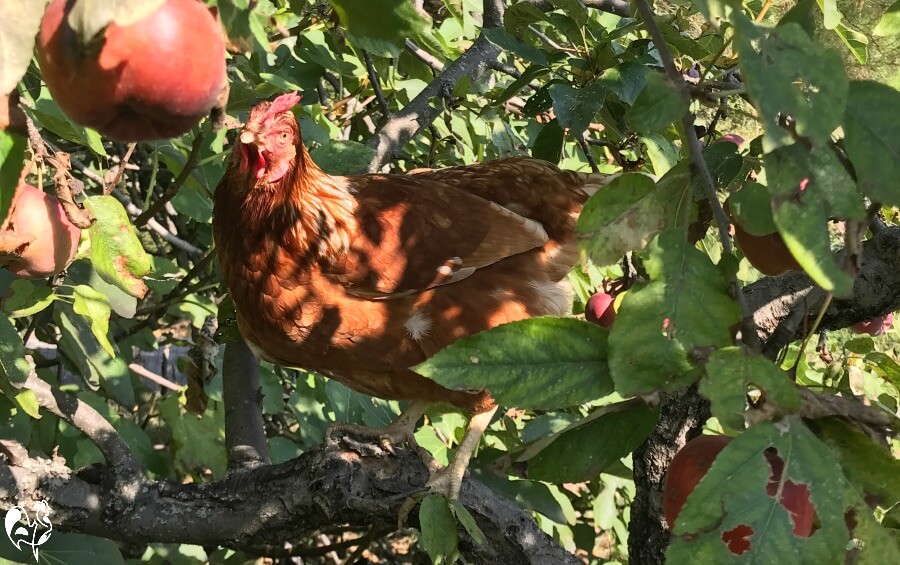 One of my Red Star chickens aiming for the fruit in one of the apple trees in my run.
One of my Red Star chickens aiming for the fruit in one of the apple trees in my run.- If you don't have pasture, buy small trees which can be kept in pots and place them in clusters around the run you do have. That will provide shelter from weather and from predators.
- If even that's not an option, enrich your free-ranging by making your chickens shelters in their run. Anything will do, as long as it provides a place to escape predators and to shade in the heat of the sun.
Get creative!
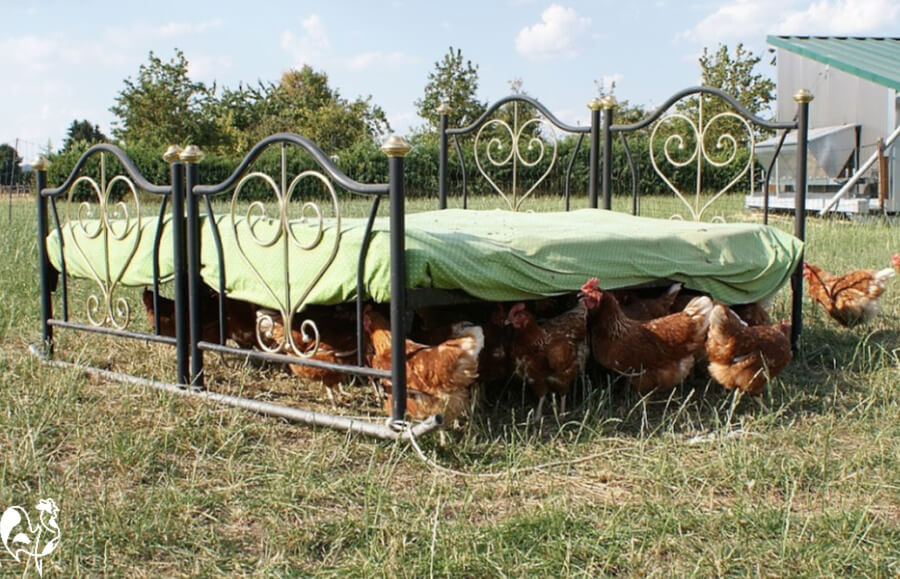 It may not be conventional, but it does the job!
It may not be conventional, but it does the job!2. Plant weeds!
Well, maybe not weeds exactly, but...
- Scatter seeds from those types of pasture found to do particularly well in encouraging free ranging: clover, catmint, alfalfa, rye grass, chamomile.
- Saltbush, if it's available in your area (it's native to Australia), does well in drought and in salty soils, so particularly good if you're in a coastal location. It will provide both shade and shelter.
- Some flowering plants are particularly good for foraging. Marigolds, for example, are easily grown, loved by chickens and turn their egg yolks that delicious deep golden colour. See my detailed article here for more information.
3. Let your grass grow!
It's true that long grass can cause an impacted crop. But all the studies found it to be an important part of enriched pasture, and in itself it reduced the number of predator attacks because it provided an amount of cover.
My chickens regularly wander through long grass in their run and have never yet had an issue with it.
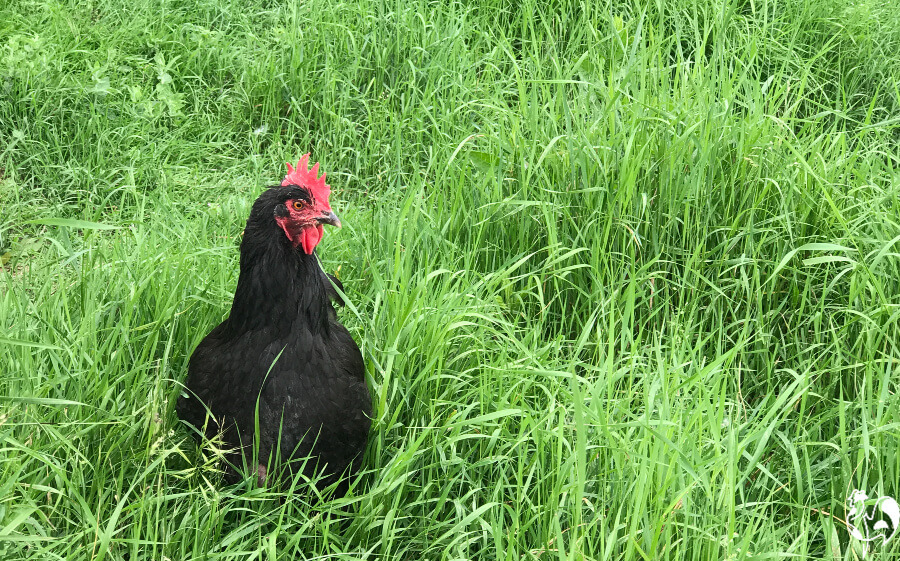 One of my young Black Copper Marans hens enjoys foraging in long grass.
One of my young Black Copper Marans hens enjoys foraging in long grass.4. Encourage bugs.
Leaving your grass to grow more wild than usual, and scattering seeds within it, will naturally attract bugs. Creating an area where bugs are more likely to inhabit is also a good idea. for example, placing large stones and rotting wood in the shade will inevitably create a worm and bug-friendly environment.
Turn them over from time to time and watch your flock fight to get the juiciest!
5. Remember the welfare aspects.
- Collect eggs frequently - don't leave them to get dirty. If your hens are free-ranging, you're likely to find eggs all over the place, not necessarily in nest boxes. Find the most likely places by looking in shaded areas.
- Provide a safe place to dust bathe - if you can plant trees, the chickens will scratch out soil from underneath and make their own!
- Protect from predators by making sure your run is as secure as it can be, as well as adding trees and other shelter. And consider getting a Livestock Guardian Dog, who are bred over generations to look after their flocks, no matter how large an area they roam.
6. Enjoy your free-ranging flock!
Whether you're able to free range your hens over acres of land, or choose to give them as much space as you can within a more contained area, enjoy your chickens!
Sit with them when you can. Watch how they forage. Let them entertain you. Enjoy their enriched eggs.
It's part of the pleasure of free ranging your flock.
 Lulu, one of my Red Stars, finds shade under a fig tree in their free range area.
Lulu, one of my Red Stars, finds shade under a fig tree in their free range area.More articles about keeping chickens, naturally.
Sources and further reading.
1. Royal Society for the Protection of Cruelty to Animals: Welfare Standards for Chickens. Pub. RSPCA, 2002.
2. Yilmaz Dikmen, B., et al: Egg production and the welfare of laying hens kept in different housing conditions. Pub. Journal of Poultry Science, 2016.
3. Mugnai, C., et al: The effects of a husbandry system on the forage intake and egg nutritive characteristics of laying hens. Pub. Journal of the Food and Science of Agriculture, 2017.
4. Long, C: Egg nutrition. Pub. Mother Earth News, 2007.
5. De Koning et al: Saltbush as potential plants for free-range layer farms: consequences for layer performance, egg sensory qualities and excreta moisture. Pub. National Center for Biotechnology Information, 2019.
6. Stahl, P., Ruette, S and Gros, L: Predation of free ranging poultry by mammalian and avian predators: field loss estimates in a French rural area. Pub. Mammal Review, 2002.
7. Dal Bosco, A, et al: Effect of range enrichment on performance, behaviour and forage intake of free range chickens. Pub. Journal of Applied Poultry Research, 2014.
8. Dawkins, M. S., et al: What makes free range broiler chickens range? In situ measurement of habitat preference. Pub. Journal of Animal Behaviour, 2003.
- Home
- Beginner's Guide
- Free ranging
